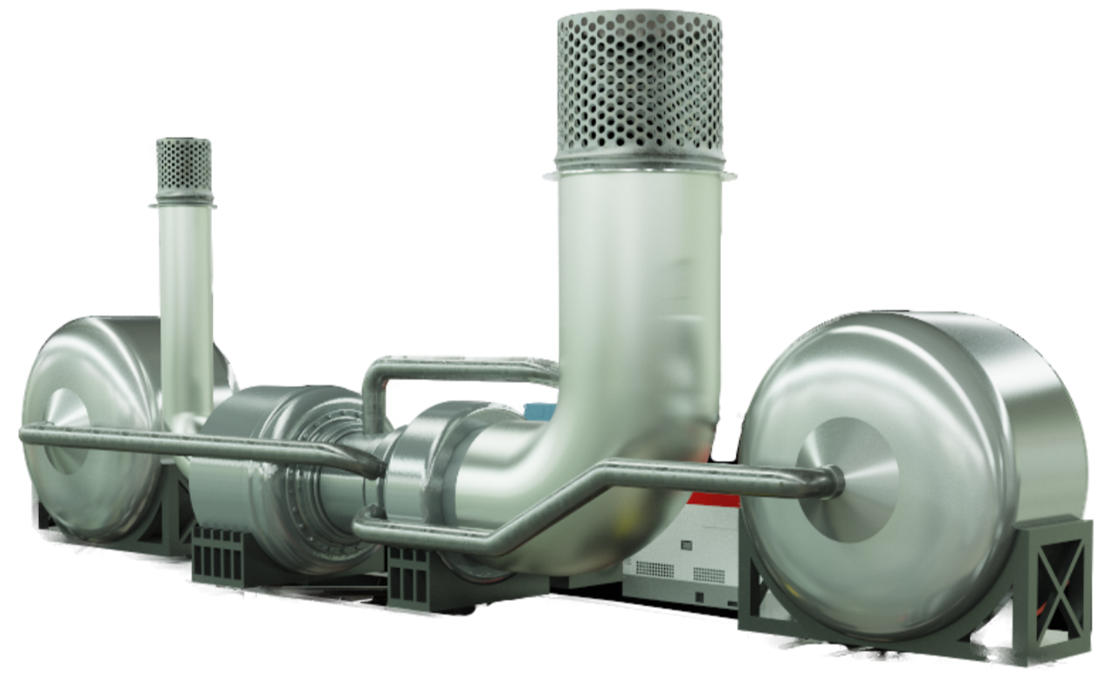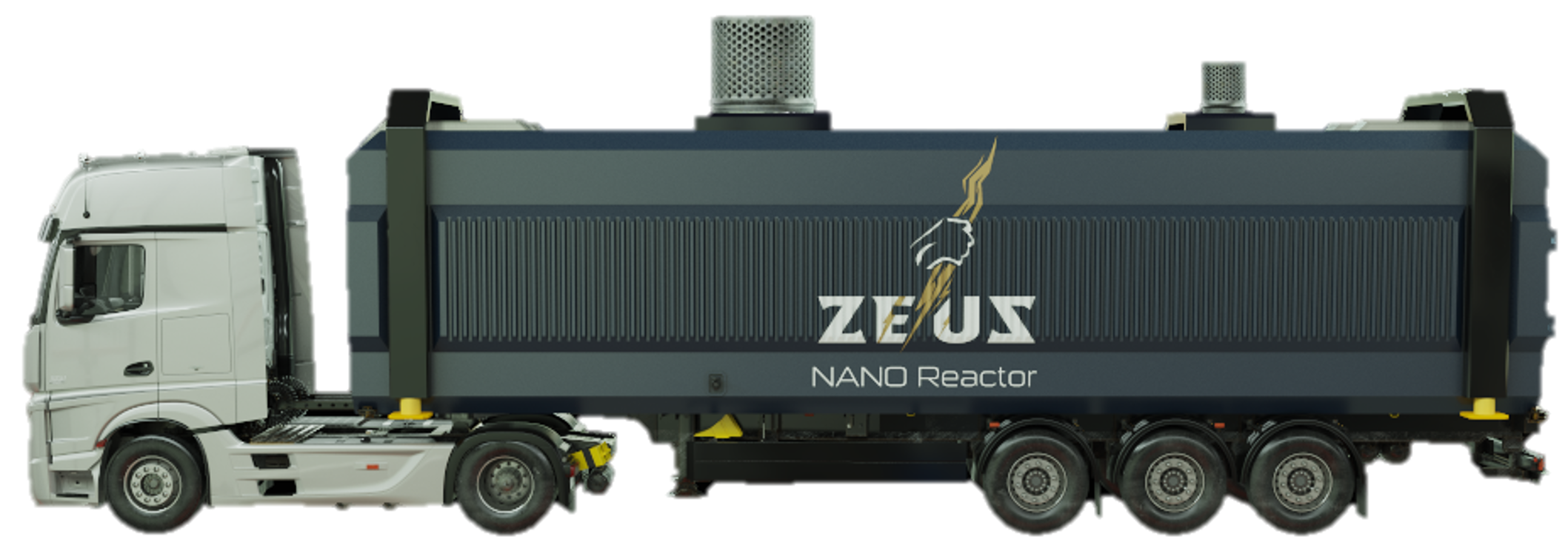The supposed climate/emissions angle is useful to the makers, although the article points out that ‘some experts and activists contend that the world can radically scale back hydrocarbons without using more nuclear power’. Of course not being intermittent and weather dependent is a selling point for electricity generation devices these days, for example in EV charging away from home.
– – –
During a wide-ranging interview with The Epoch Times, the leadership of Nano Nuclear Energy Inc. predicted they would win the race to commercialize a reactor small enough to fit in a shipping container, says ZeroHedge (via OilPrice.com).
“By 2030, we’re pretty convinced we’ll be the first company to sell microreactors,” said Nano Nuclear CEO James Walker, a nuclear physicist who previously led the development of the Rolls-Royce Nuclear Chemical Plant.
Nuclear microreactors are meant to be nimble, mobile sources of heat or up to 20 megawatts of electricity.
Microreactors are utterly dwarfed by big, conventional nuclear reactors, which can generate up to a thousand times as much power as a microreactor. They’re also smaller than the small modular reactors (SMRs) now also being developed.
Unlike their heftier cousins, microreactors can be trucked to people and places far from the grid or in need of emergency energy.
“The microreactor is really aimed at remote habitation, mining projects, disaster relief areas, charging stations, and data centers,” Mr. Walker said.
Mr. Walker isn’t the only one picturing more nuclear power in data centers. A recent job listing by Microsoft seeks someone to help the company run its data centers on microreactors and SMRs.
“Maybe we could power a Bitcoin mining operation,” said Nano’s founder and president, Jay Jiang Yu. He said multiple Bitcoin companies have contacted them about using a microreactor to power their energy-intensive activities.
“Think about keeping it in Alaska because always overheating is an issue,” he added.
Nano’s researchers are developing two microreactor models, the solid-core battery reactor Zeus and Odin, which have a more standard design based on low-pressure coolant and enriched uranium dioxide fuel.
“We’re pretty confident now that we’re pretty much neck and neck with anybody else in the microreactor space,” Mr. Walker said.
Their competitors include the nuclear industry heavyweight Westinghouse, at work on its eVinci microreactor design, and Japan’s Mitsubishi Heavy Industries, among others.
Mr. Walker told The Epoch Times that the microreactor market is less developed than the SMR market.
“To actually get into this space and pull ahead is far easier,” he said.
Interest and Skepticism
Interest in microreactors and other advanced nuclear technology has increased partly because of concerns about climate change.
While various processes associated with nuclear power can produce greenhouse gasses – for example, mining uranium for fuel – nuclear fission doesn’t directly generate them. For governments and corporations that have committed to net zero carbon emissions by 2050, nuclear energy can look rather enticing.
Yet, some experts and activists contend that the world can radically scale back hydrocarbons without using more nuclear power.
Full article here.







As with all things nuclear, you can guess how much longer it will take to get the neccessary permissions cf actually getting it built and installed.
Further on in the article:
According to Mr. Walker, however, solar and wind may have reached their technological limits.
“Over the last 30 years, they’ve got more and more efficient, and those costs have really come down. Where they’re currently sitting, you’re not going to really see a vast improvement in the efficiencies of these technologies anymore,” he said.
“For a microreactor—for the new technologies—you always will expect efficiencies to come into a new technology. And so that’s where the blue sky potential is in terms of cost reductions and technology maturation,” he added.
He argued that a previous push to power mining operations with wind and solar “didn’t work.”
“They went back to diesel,” he said, arguing that microreactors could do the trick while simultaneously eliminating the logistical burden of constantly supplying diesel to remote locations. [bold added]
I don’t know if this classifies as a Small Modular Reactor (SMR) but it sounds like it. The old technology generation IMAO has deliberately been causing delays and roadblocks because these will change the grid forever. It will also give energy independence to flyover country.
Coal might still have a role in the energy future. The Chinese are banking on it with the dozens of large new plants they are building. Natgas will be in need for generations to come until something better for heating and cooking comes along. I hate electric stoves as currently designed. Electric heating is not price competitive with natgas. Oil will continue to be needed in manufacturing of various products, particularly plastics until an economical substitute is found/created.
Anyone know the odds of this outfit actually delivering on it, or is it just wishcasting while trolling for “investors” (to supply cash for private planes and mansions).
Company website:
https://nanonuclearenergy.com/
Zeus Reactor:

Transport:

From oldbrew’s link, part quote “Each NANO or Micro reactor would produce between 500 Kilowatts – 1 megawatt of thermal energy”.
1MW thermal converts to less than 300kW electricity when considering other limitations. What market is that aimed for?
The old Fairbanks Morse diesel at 375kW from the old Marshall Aid days was not even capable of black-starting the old plant.
Then: what is the saving in fossil fuel during its lifetime – from production to safe disposal?
And: what am I missing here?
They’re ‘easily scaleable’ – so at container size a whole row of them could be deployed on one site.